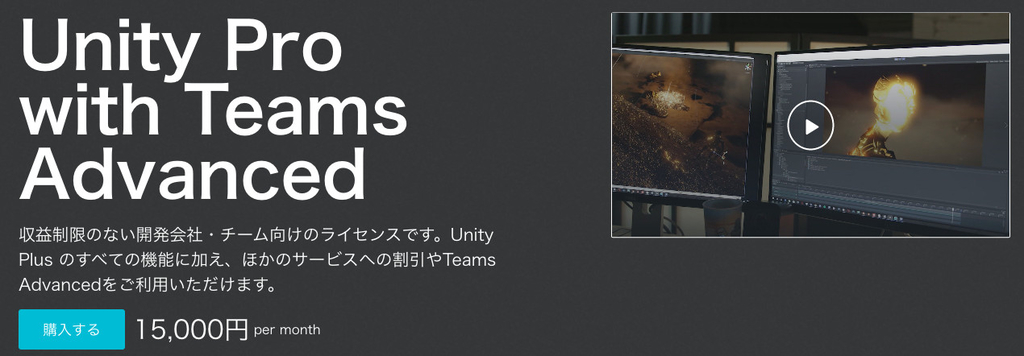
Precomputed occlusion culling, for 3D applications and games. Significantly improve performance in mesh-packed scenes with a lot of occlusions. Must have on mobile or VR.Currently, this package only supports URP and HDRP for the baking process.Rendering and Culling are independent of the rendering pipeline.All Examples might require a rebake to work correctly, or runtime baking component.The lowest tested Unity version is 2020.3.X -- 2019.3 is not officially supported but should work with minor fixes to the source code.Pixel perfect occlusion system that will significantly improve the performance of your scenes, without almost any overhead.Using time of your computer, precompute/bake your scenes to gain a significant performance boost. The occlusion culling algorithm will find all visible meshes from each point on your scene, using the color-coding algorithm. Then it will save them efficiently and load only when needed.Now with Runtime Baking support!Heavily occluded scenes like a two-story house with the interior on all floors gained us up to 240% in frame rate!. From 30fps to 72fps on Quest 2.Open world scenes with flat chunked terrain, gained us 10-25%. From 47fps to 60fps on low-end mobile.Documentation:https://github.com/Prographers/Precomputed-Culling/Discord:https://discord.gg/55gM3s3pdRFeatures:- Support for URP and HDRP- Support for multiple cameras- Support for multiple scenes with multiple variants and dynamic loading and unloading- Lightweight with an option for additional compression- Supports transparency- Supports LODs- Supports Unity Terrain- Supports 2D Sprites*- Runtime precision control between quality and performance- Support for all platforms including mobile, VR, AR, and WebGL- API for custom building pipelines- Everything is written in C#, full source code included- Code documentation + external documentation with tutorials- Easy to setup- Examples and Demos- Support via email or discord- Superior performance- Bake in runtime or before build*Not recommended to use in 2D games, intended use is for example leaves on the 3D trees or far away rocks.Single occlusion bundle size should be calculated as (uncompressed):{Average visible percent of meshes} * {Meshes count} * {Occlusion Areas} * 4 * 4 = {Size in bytes}Example:40% * 600 * 400 * 4 * 4 = 2,304,000 bytes = 2Mb ~= (compressed) 700kbThe uncompressed number can be treated as a memory footprint in the RAM.Supported PlatformsAll Platforms








